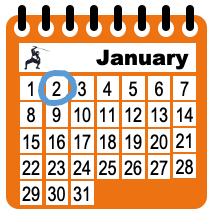
What happened on January 2nd regarding the AWS Cloud?
This page covers new service announcements, service improvements, and major events from 2022, 2019, 2014, 2013 and 2009, and the Quiz of the Day which covers topics related to these announcements.
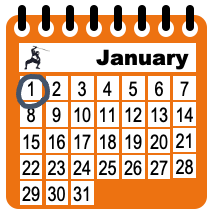

Today is the very first of the “On This Day” series. This series looks at service announcements, service improvements, major events and other trivia about the AWS cloud that happened on a particular day. It also includes a “Quiz of the Day” to test your AWS knowledge on topics related to the announcements. So what happened on January 1st regarding the AWS Cloud?
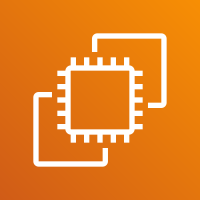
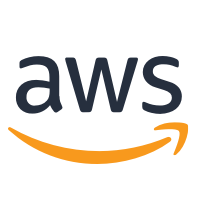
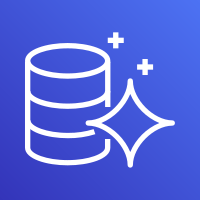
To some, the terms “Global Database” and “Multi-Master” could be a little confusing. Is a “global database” also “multi-master”? Could a “multi-master” database be a global database? Amazon Aurora for Amazon RDS offers both options. Are they actually the same thing? If not, how are they different? This post explains Amazon Aurora: Global Databases vs Multi-Master.
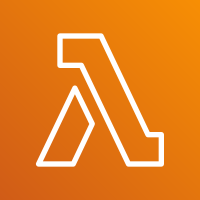
Although Python and JavaScript (via Node.js) seem to be the most popular programming languages for developing AWS Lambda functions, there are cases where Java must still be used. In these cases, it’s important to know about writing AWS Lambda functions in Java.
One example is in highly regulated industries with strict coding standards which may prevent dynamically typed languages like Python and JavaScript in favor of strongly typed languages like Java. Another example might be where code was previously written in Java and it rather than rewriting it in a different programming language and go through another cycle of bugfixes and redeployments it makes sense to convert the existing Java code to a Lambda function.

Lots of the work done in the cloud is for running servers. We setup web servers (such as Apache), application servers (such as Apache TomCat or RedHat JBoss) and database servers (such as PostgreSQL or MariaDB). Amazon Web Services provides lots of options in this space, but sometimes end users need productivity tools for interactive use. Fortunately, AWS has an entire service category devoted to End User Computing. In this article we’ll do an Amazon WorkSpaces simple setup to see just how quickly we can get a Microsoft Windows desktop up and running.

AWS (43) Kinesis (9) Streams (8) AWS Console (5) Go (5) Analytics (4) Data (4) database (4) Amazon DynamoDB (3) Amazon Elastic Compute Cloud (EC2) (3)
AWS (38) Amazon DynamoDB (6) Amazon Elastic Compute Cloud (EC2) (4) AWS CloudFormation (4) Certification (3) Database (3) Amazon Athena (2) Amazon Aurora for Amazon RDS (2) Amazon CloudFormation (2) Amazon CloudWatch (2)
All data and information provided on this site is for informational purposes only. cloudninja.cloud makes no representations as to accuracy, completeness, currentness, suitability, or validity of any information on this site and will not be liable for any errors, omissions, or delays in this information or any losses, injuries, or damages arising from its display or use. All information is provided on an as-is basis.
This is a personal weblog. The opinions expressed here represent my own and not those of my employer. My opinions may change over time.